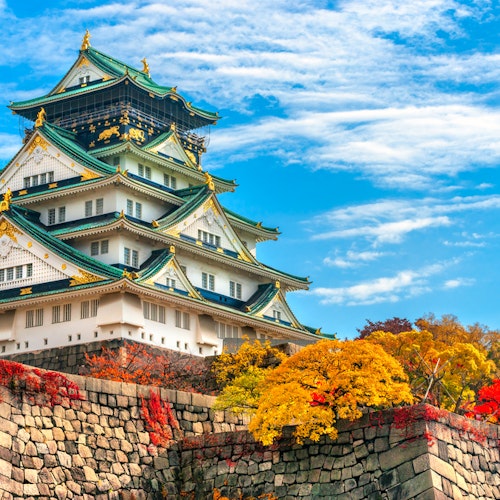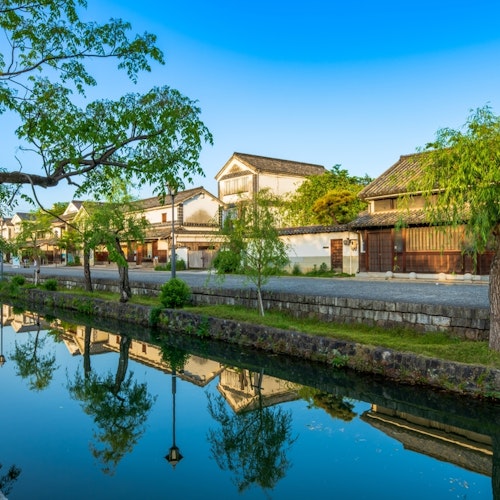
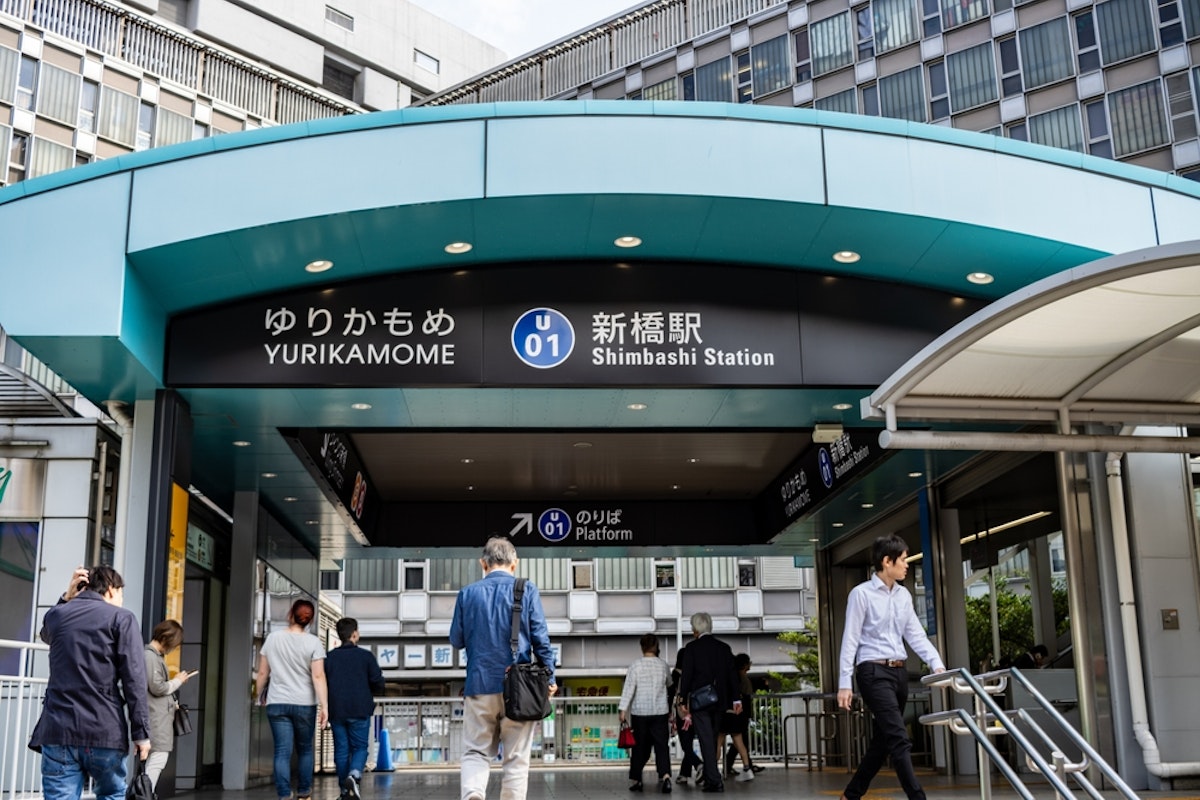
Wondering whether Shimbashi or Shinagawa Station is better for your next Tokyo trip?
I get this question from travelers almost every day. Tokyo is huge, and choosing the right train station can genuinely make your stay easier—or harder. I've seen plenty of confusion from customers about these two major hubs. So, I decided it's time I wrote an honest breakdown based on what I hear directly from travelers.
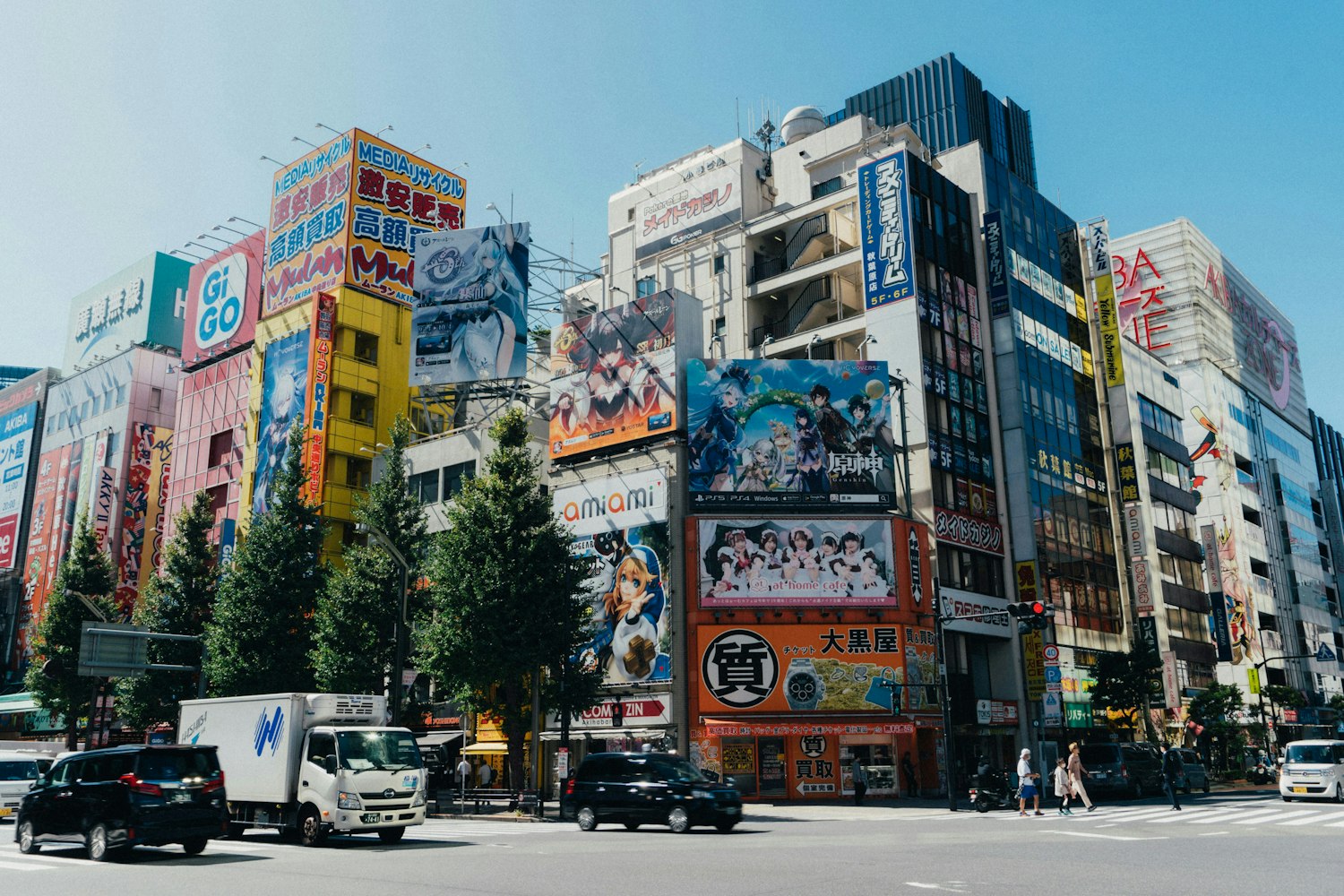
When travelers ask me about Shimbashi, they're usually intrigued by its local charm. Shimbashi is one of Tokyo’s busiest commuter hubs, known mostly as a "salaryman town." You’ll see crowds of office workers pouring in and out, especially after work hours when the nearby izakayas fill up. It's bustling, lively, and incredibly Tokyo-esque.
Shimbashi Station connects conveniently to popular neighborhoods, making it a great starting point for exploring the city. From here, you can hop directly on the Yamanote Line—Tokyo’s circular train route—that'll whisk you quickly to key districts like Akihabara, Tokyo's electric town, for a deep dive into otaku culture or Shinjuku, the epicenter of Tokyo nightlife. I've always found it super convenient because trains are frequent, dependable, and can get you pretty much anywhere quickly.
Many customers tell me they prefer Shimbashi because it's central yet not overwhelming. Unlike bigger stations, Shimbashi feels manageable. If it's your first trip and you're slightly nervous about Tokyo’s complex transit system, Shimbashi provides a relatively gentle introduction.

Explore hidden bars, savor local food, and dive deep into Tokyo's vibrant nightlife with expert guides!
But let's switch gears and talk about Shinagawa for a minute. Shinagawa is huge. It's like the gateway to the rest of Japan. Most of my clients looking to travel outside Tokyo—like taking a quick day trip to Yokohama or heading out to see Mount Fuji—tend to lean toward Shinagawa. Why? It’s simple: the station is served by the famous Shinkansen, Japan's iconic bullet train.
What I love about Shinagawa personally is how clearly everything is marked. There’s almost zero chance you'll get lost or confused about platforms. Customers often mention the easy transfers here, especially when they're lugging heavy suitcases. Shinagawa Station is designed to handle heavy tourist traffic, and it shows. Everything flows smoothly, even during peak hours.
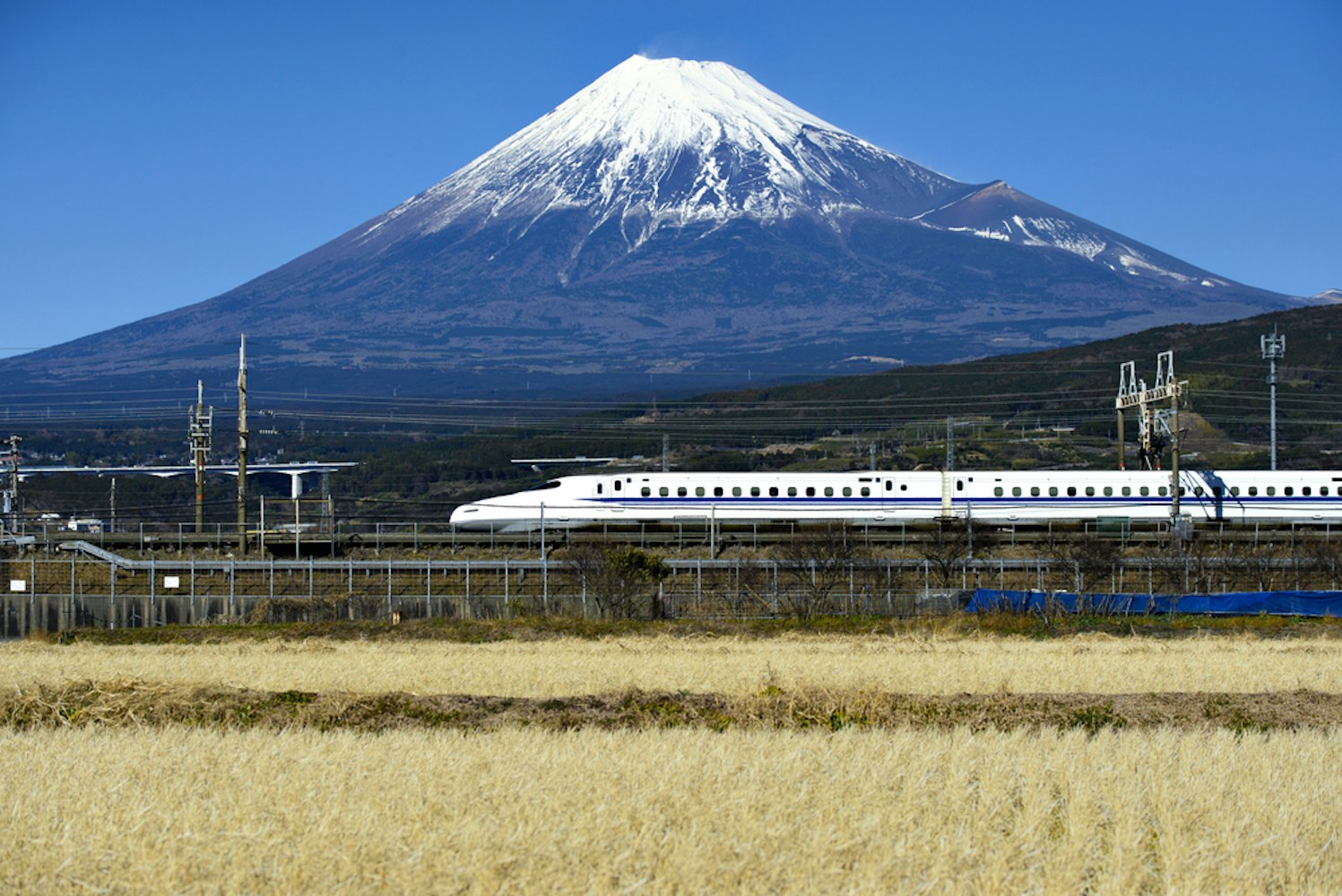
If you're arriving via Haneda Airport, Shinagawa is especially convenient. It's directly connected by the Keikyu Line, taking roughly 20 minutes—a blessing after a long international flight. Plus, it serves as a perfect starting point for longer adventures, whether you're planning on exploring Japan’s historical cities like Nagoya (check our guide on traveling from Tokyo to Nagoya) or venturing north towards snowy landscapes—our article on the best ski resorts near Tokyo might spark some ideas.
Not many of my travelers initially ask about Daimon Station, but hear me out—it deserves a mention. Daimon is a smaller subway station, just a short walk from Shimbashi. It connects seamlessly with Hamamatsucho Station, providing direct access to Haneda Airport via the Tokyo Monorail. It's incredibly handy, especially if your accommodation is near Tokyo Tower.
I often suggest Daimon when customers are planning on exploring Tokyo's iconic landmarks. It’s literally minutes away from Tokyo Tower, and I've had numerous customers share how pleasant and straightforward their trips were because of this little station. If you're into cultural landmarks and historic sights, Daimon could genuinely make your trip easier.
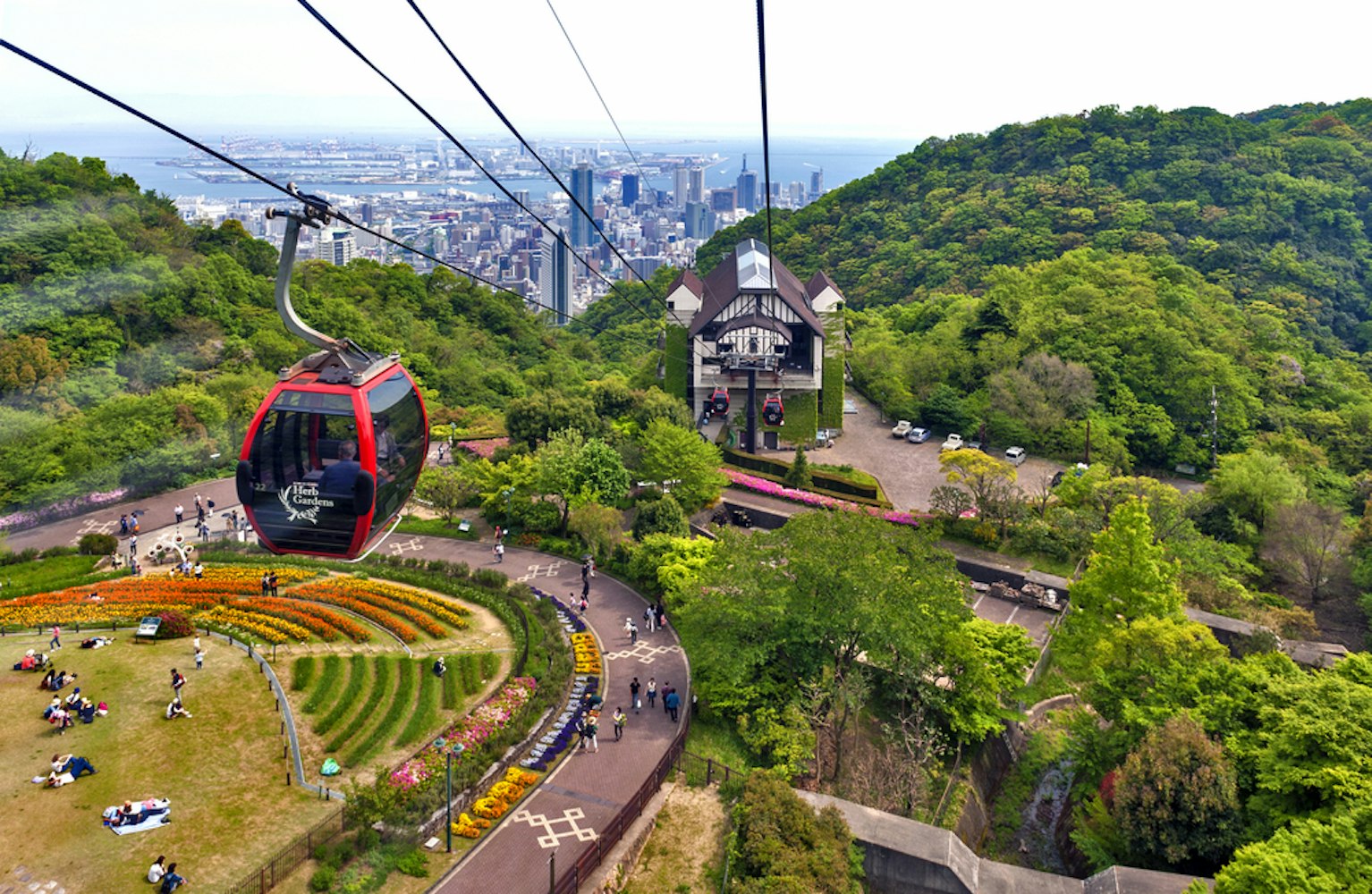
Something I've noticed is that customers who love vibrant nightlife and local eateries naturally gravitate toward Shimbashi. They rave about its authentic, "locals-only" feel. The station itself isn't overly touristy, making it perfect if you’re looking to escape typical tourist crowds but still stay central.
On the other hand, travelers prioritizing convenience for inter-city travel almost unanimously choose Shinagawa. The easy connections and clear signage have earned plenty of praise. One traveler even described it as "the simplest major station I've navigated," which matches my own experiences perfectly.
A few customers have mentioned on various forums that Daimon is underrated. They've loved the proximity to quieter sights like Zojoji Temple, paired with easy airport access. I couldn't agree more—it's those little conveniences that can make or break your travel experience.
If you're new to Tokyo, choosing stations might feel tricky at first glance. Don't stress! Here’s a quick tip: focus on your travel goals. Ask yourself—do you want to see major landmarks quickly, or are you planning multiple day trips out of the city? Your answers can immediately clarify your choice.
For central Tokyo sightseeing, like visiting Tokyo Imperial Palace or checking out the hidden gems in Chiyoda ward, Shimbashi is ideal. Its central location means quick hops around town are simple and efficient. Plus, its local vibe adds genuine charm.
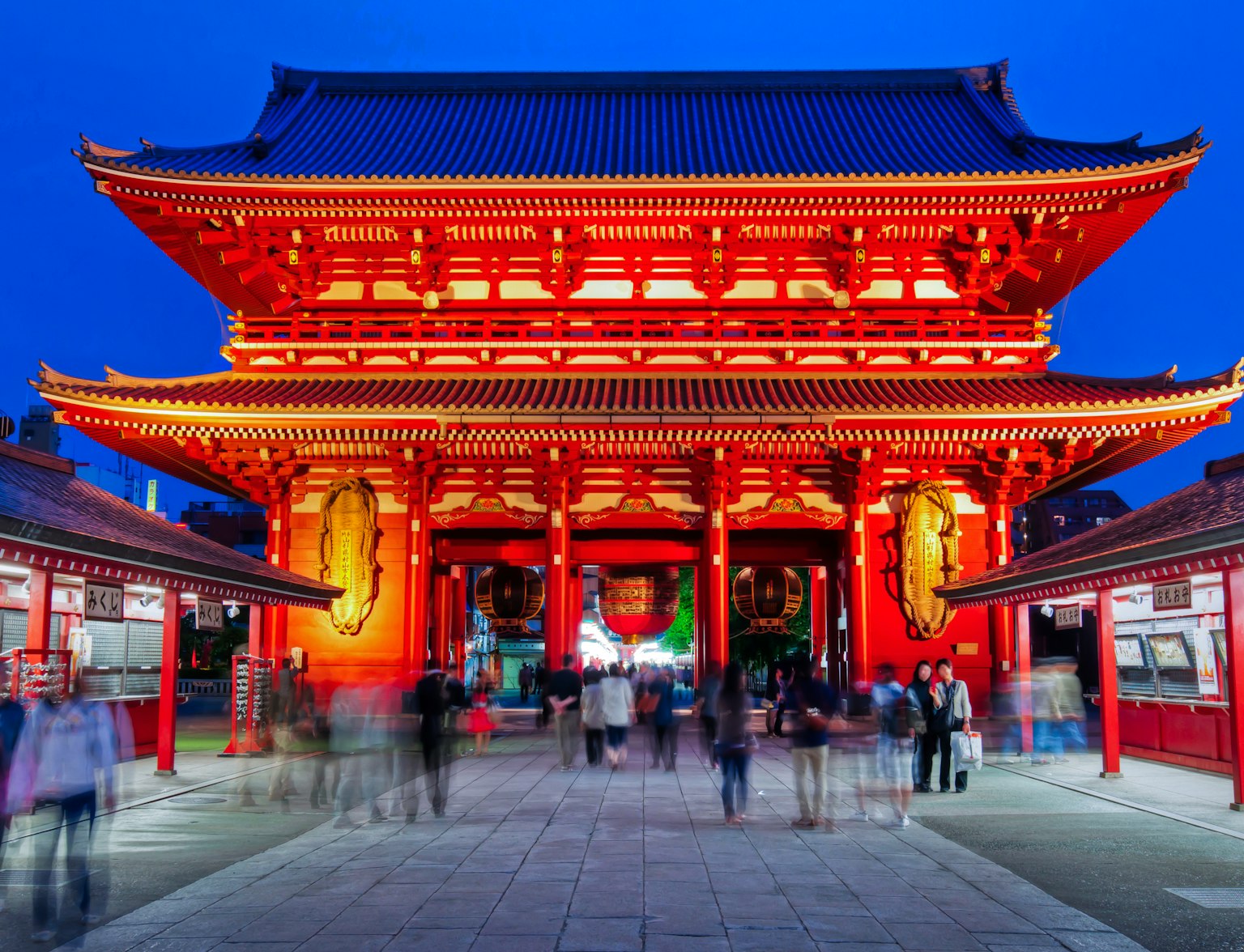
Explore Tokyo's rich history and modern wonders in a full-day bus tour.
Conversely, if your itinerary includes exploring places further out, like the snowy slopes in northern Japan or picturesque Kyoto, Shinagawa offers unparalleled convenience. This station is built for distance travel. The Shinkansen availability means minimal hassle, especially if you're short on time and prefer simplicity.
Choosing between Shimbashi and Shinagawa depends heavily on your itinerary and travel style. So far, I've highlighted convenience, atmosphere, and customer experiences to help you decide. In part two, I'll dive deeper into practical tips, local dining options, and nearby attractions that'll make your choice even clearer.
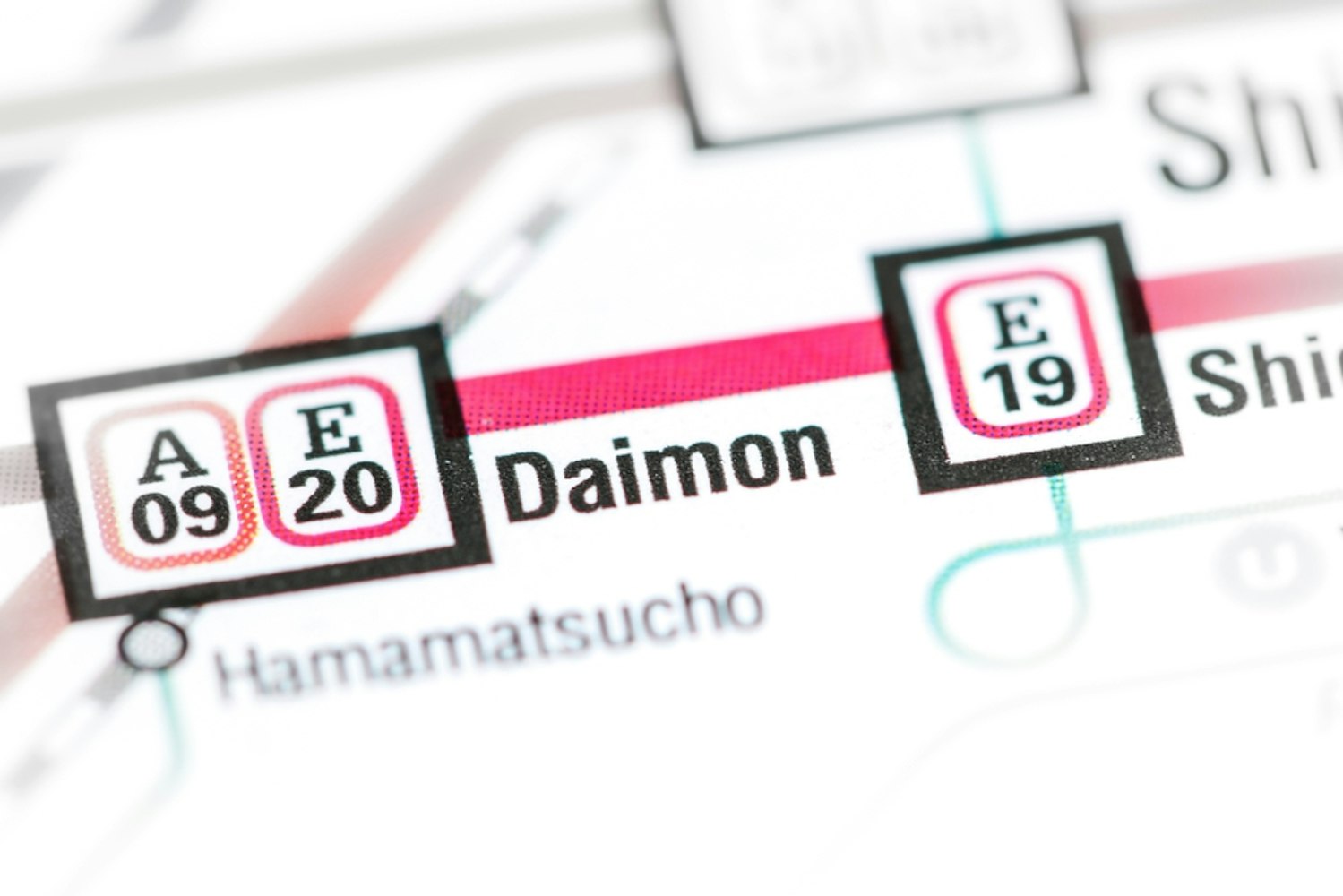
So, you might be thinking—why bring Daimon Station into the discussion if we're talking Shimbashi and Shinagawa? Here's the reason: Daimon is often overlooked, even though it's a gem for those staying closer to Tokyo Tower or traveling from Haneda Airport. I've had travelers ask me if Daimon Station is convenient enough to justify booking accommodation nearby. The answer? Absolutely. It’s particularly great if you're someone who enjoys quieter neighborhoods but still wants quick, easy access to the city's hot spots.
Daimon Station serves both the Toei Oedo Line and the Toei Asakusa Line. It connects effortlessly to major areas like Roppongi, Shinjuku, and even the historic area around Asakusa, home to Senso-ji temple. For example, we’ve detailed some handy tips about visiting the Tokyo Imperial Palace, which you can easily reach using Daimon’s quick transfers.
What's more, it's just a short walk from Daimon to Tokyo Tower—perfect if you're debating between the city's two iconic structures. If that's something you're curious about, we actually did an entire comparison between Tokyo Tower and Tokyo Skytree.
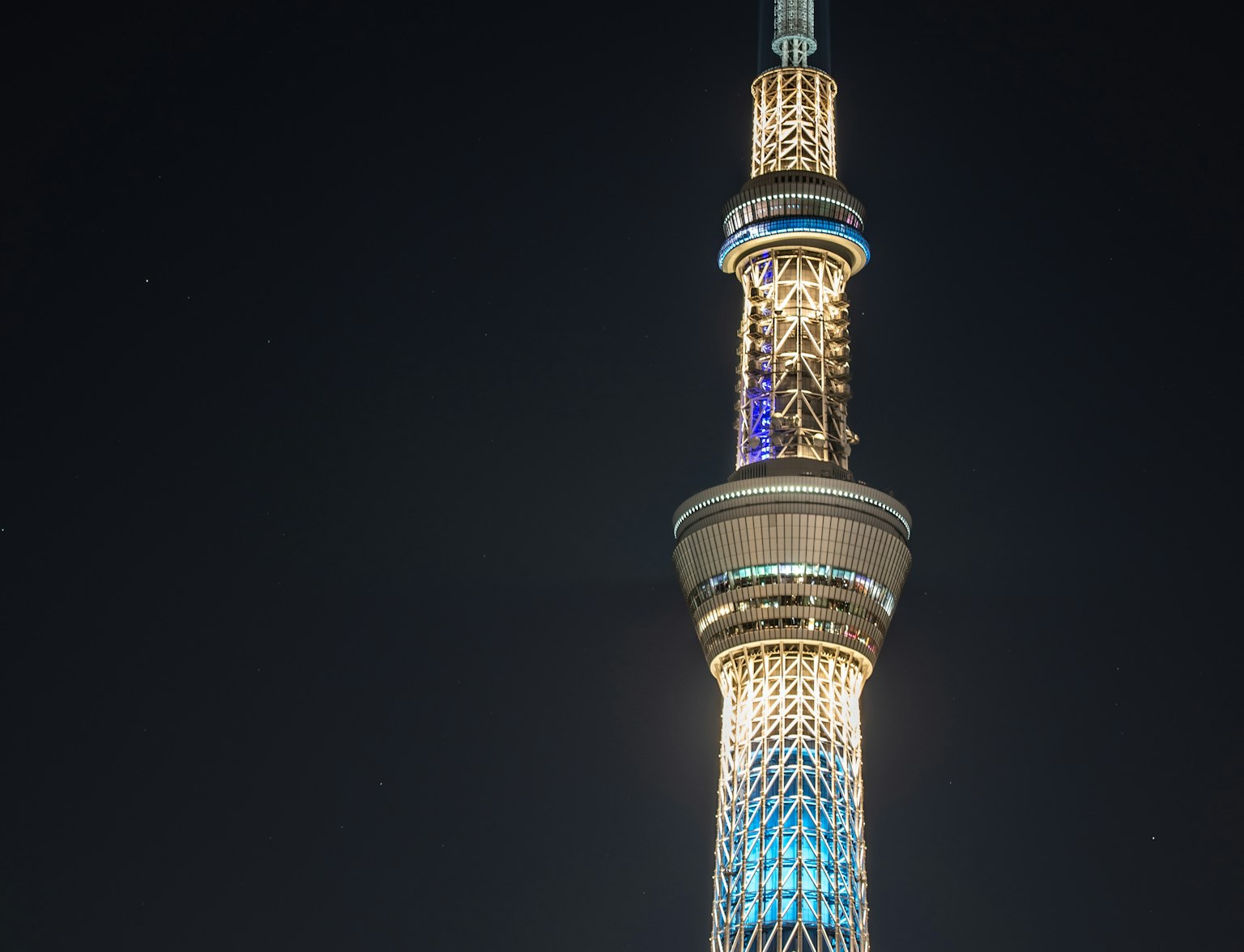
Unlock Tokyo's wonders with our exclusive ticket package!
If you're planning frequent visits to Haneda Airport, Daimon is perfectly situated. The adjacent Hamamatsucho Station links directly via the Tokyo Monorail, which makes travel days much less stressful. Families have told me repeatedly that Daimon helped simplify their Tokyo trips, especially with kids. On that note, we wrote a handy guide specifically for parents about visiting Tokyo with kids.
Another bonus? Daimon puts you closer to some amazing food spots and cultural attractions like Zojo-ji Temple. If you're interested in unique experiences, it's also easy to reach Akihabara from Daimon by a quick transfer. I've recommended our article on exploring Tokyo’s electric town, Akihabara, to many customers, who’ve thanked me later for the great recommendation.
To get even more out of your trip, feel free to explore some other guides I've published, covering everything from top ski resorts near Tokyo to experiencing something unique like Mario Kart in Tokyo. Tokyo has something for everyone, whether you’re a food lover looking to navigate the city’s famous markets (check out my comparison of Tsukiji and Toyosu Markets), or a history enthusiast exploring the hidden historical sites around Tokyo.
No matter where you choose to stay, Tokyo promises an unforgettable experience. And remember—if you need personalized advice or help planning your perfect Tokyo trip, I'm just a phone call away. Safe travels!

